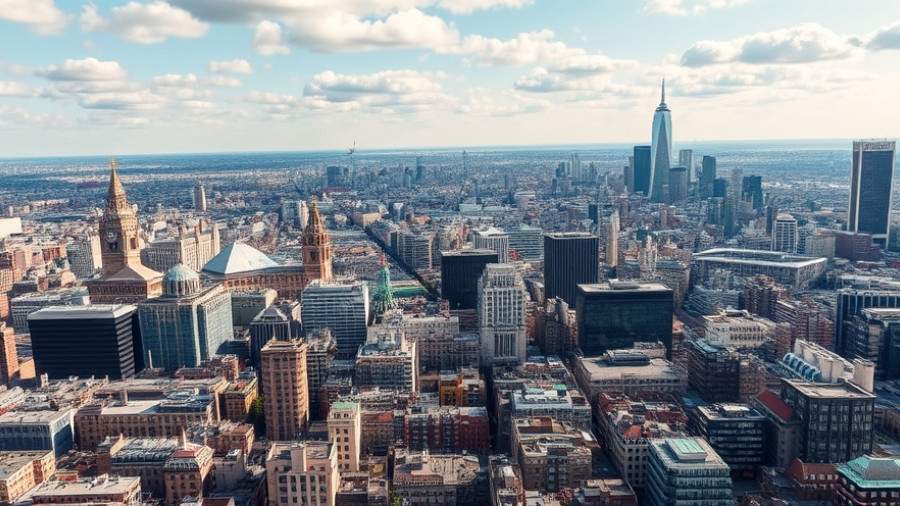
Discovering London's Hidden Train Stations
If you think you know London’s intricate transport network, think again. Nestled within the city is a quirky anomaly—Battersea Park train station. Despite bustling service, this hidden gem doesn’t even appear on most TfL maps. Located to the southeast of Battersea Park, it primarily serves Southern Railway trains but surprises early risers and late-night wanderers three times daily with London Overground services, connecting them to Highbury and Islington via a scenic route.
The Mystery of Battersea Park
Battersea Park is often bypassed by Londoners, its operation a well-kept secret. Most maps omit its existence entirely, leaving passengers bewildered when they find themselves disembarking at this non-existent stop on their journey back to Clapham Junction. It’s a curious oversight in a city renowned for its meticulous public transport planning.
A Peek into the Past: Kensington (Olympia)
In an intriguing parallel, Kensington (Olympia) has its own fascinating backstory of secrecy. Originally opened in 1844, it faced immediate closure due to scarce patronage. However, during World War II, it transformed into a vital link for the Allied Forces, particularly for General Dwight D. Eisenhower, who utilized it as his travel hub. For around two decades post-war, Kensington (Olympia) remained absent from Tube maps under the National Secrets Act, culminating in a puzzling journey through London’s historical layers.
Understanding Transport Anomalies
The quirks of London's transport map lead us to ponder how history continues to shape our city, even in its modern layout. The curious case of these two stations isn't merely about navigation; it reflects the city's evolving identity. Young homeowners, tech-savvy occupants of the metropolis, and those keen on sustainable living can find value in understanding transport routes that connect local communities and lessen congestion.
Future Trends: The Evolution of London’s Transport
As we look ahead to 2025, integrating underappreciated stations like Battersea Park and Kensington (Olympia) into digital maps may serve more than aesthetic purposes. It's an opportunity to promote lesser-known routes, encouraging residents and visitors alike to explore beyond the conventional routes while also alleviating pressure on overcrowded stations in central zones. Popularity breeds connectivity, drawing attention to sustainable modes of travel.
Practical Insights on Utilizing Hidden Stops
While traversing London, be aware of these lesser-known stations that can not only save time but offer unique experiences. Battersea Park, for instance, serves as an excellent route for cycling enthusiasts looking to explore the park without the typical scrambles synonymous with busier stations.
Community Impact
Ultimately, acknowledging hidden stations fosters a stronger community bond. As a perspective-rich article like this reaches Londoners, it opens up conversations about local transport and community enhancement. Whether you're a long-time resident or a newcomer, appreciating each piece of London's transport puzzle enriches understanding of our shared urban space.
Understanding this context enhances community bonds, illuminating how even the smallest stations can bolster London's robust infrastructure. So the next time you reach for the TfL map, remember the hidden stories waiting behind each stop!
Engage with London’s community, support local transport initiatives, and discover your city in all its vibrant possibilities.
 Add Row
Add Row  Add
Add 




Write A Comment